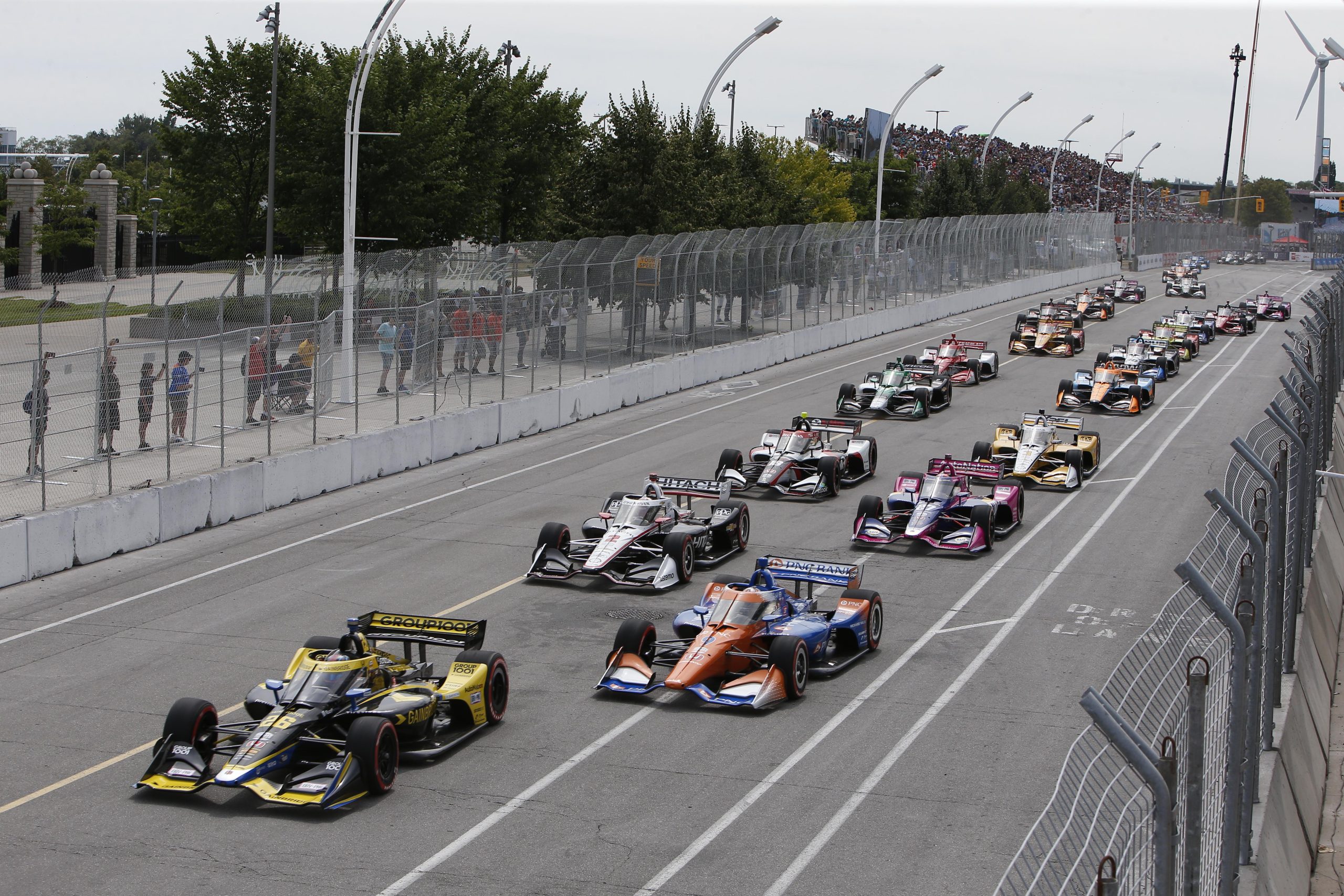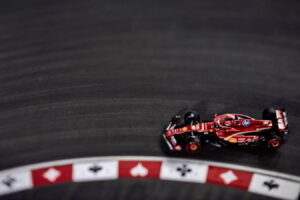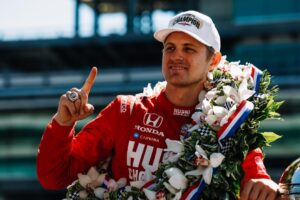While the current NTT IndyCar Series calendar is exclusively set in North America, the series did venture overseas in the past.
Japan
IndyCar had a fairly long history of racing in Japan. The series exclusively raced at Twin Ring Motegi, located in the Tochigi Prefecture.
From 1996 to 2010 IndyCar raced on Motegi’s 1.5 mile oval. One of the most famous races at the Motegi oval was the 2008 Indy Japan 300. Helio Castroneves started on pole and Danica Patrick took victory lane, becoming the first woman to win an IndyCar race.
Races at the Motegi oval would eventually stop due to several factors. The Tohoku earthquake in 2011 caused massive damage to the circuit, forcing the series to race at the road course. To this day, the oval is not useable.
The 2011 road course race would be the last time IndyCar raced in Japan. Honda eventually pulled the plug due to economic struggles and the series’ waning popularity at the time.
Australia
Like Japan, IndyCar has a long history of racing in Australia. The series ran on the beautiful beachside Surfer’s Paradise street circuit in Queensland from 1991 to 2008.
The Gold Coast Indy 300 debuted as part of the CART IndyCar World Series calendar. Its fast-sweeping sections and tough chicanes were a great match for the turbocharged V8 CART machines.
One of the most notable races at Surfers was in 1993 where 1992 Formula 1 champ Nigel Mansell took victory lane. The very wet 2002 race was also notable because of a scary nine-car pileup at the start.
Failed negotiations between the Queensland government and IndyCar would mean the end of the series’ time “down under.”
With current IndyCar’s focus on North America, it is unlikely that it will be going back to Australia any time soon.
Brazil
Brazil’s history of hosting IndyCar is an interesting one. Unlike Japan and Australia where it was just one circuit and one circuit, Brazil had two different races.
IndyCar’s first action in Brazil was back in the CART days. They raced at the Emerson Fittipaldi Speedway, a 1.864-mile quad-oval located in west Rio de Janeiro. This event was held from 1996 to 2000 and featured wins from the likes of Paul Tracy, Greg Moore, and Juan Pablo Montoya.
A decade later, the series returned to Brazil with the São Paulo street circuit. The São Paulo Indy 300 was on the calendar from 2010 to 2013.
This 2.5-mile circuit located in the famous Santana district was dominated by Will Power. The two-time series champion won three times in a row(2010,2011,2012.)
Arguably the most famous São Paulo Indy 300 was in 2013 when James Hinchcliffe won on the last corner, on the last lap. It was undoubtedly one of the craziest race finishes in IndyCar history.
Will IndyCar race overseas again?
IndyCar hasn’t raced outside of North America since 2013. The biggest reason for that is money. Racing in a different part of the world is a massive financial and logistical challenge for IndyCar and the teams.
As of late, the closest IndyCar has gotten to an international race was merely talks. Penske Entertainment, who own IndyCar, visited Argentina and discussed a potential non-championship race at the Termas de Rio Hondo circuit. The sport has exploded in Argentina since Augustine Canapino signed with Juncos Hollinger.
Much to the disappointment of drivers like Pato O’Ward, Alex Palou, and Scott McLaughlin, who have vocally advocated for international races to return, it is likely not going to happen.
At the end of the day, money talks. Until all the stars align financially and logistically, IndyCar will remain in North America only.






